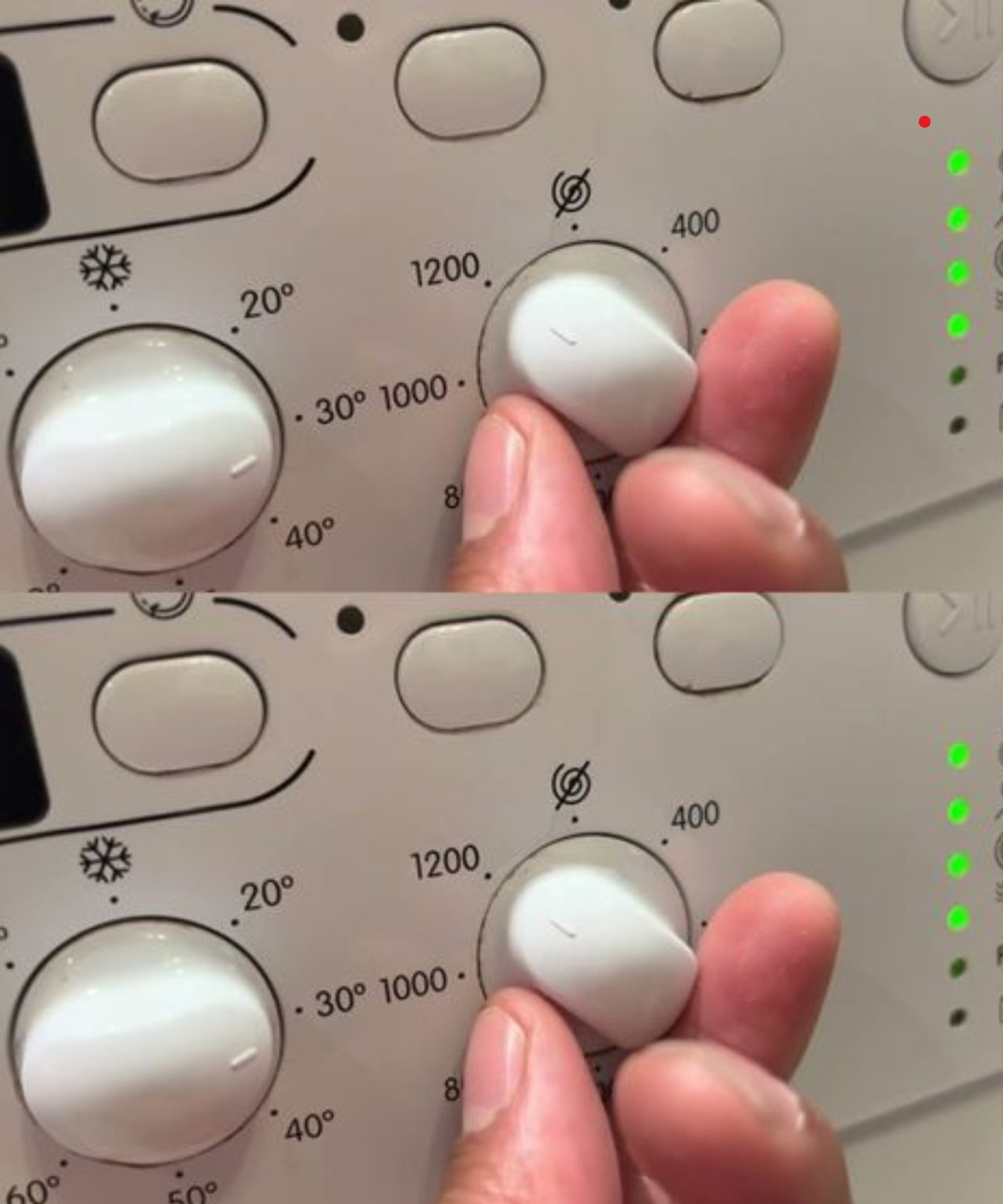ADVERTISEMENT
**Washing Machine: Never Wash Clothes at 40°C. Here’s Why!**
When it comes to laundry, many of us are accustomed to washing clothes at 40°C (104°F), thinking it’s a safe middle ground for most fabrics and stains. But what if we told you that washing your clothes at 40°C might not be the best option? In fact, it could be causing damage to your clothes, your washing machine, and even the environment. Let’s explore why you should avoid washing clothes at 40°C and consider alternative temperature settings for a cleaner, more efficient laundry routine.
### 1. **40°C is Often Too Low for Effective Cleaning**
One of the primary reasons to reconsider washing clothes at 40°C is that this temperature is often not hot enough to break down bacteria, viruses, and certain stains. At lower temperatures, especially when washing heavily soiled items like workout clothes, towels, or bedding, dirt and grime can remain trapped in the fabric.
Hotter water (such as 60°C or higher) is more effective at removing oils, dirt, and germs. For instance, washing towels and bed linens at higher temperatures helps kill bacteria and dust mites, which thrive in warm, humid environments. Using 40°C for these kinds of loads can leave your laundry feeling less clean and potentially cause health issues, particularly for those with allergies or skin sensitivities.
### 2. **Cold Water Is Often Just as Effective (And Better for Most Clothes)**
Modern laundry detergents have improved significantly and are designed to work well in cold water. Many detergent brands now offer formulas specifically designed to clean effectively at temperatures as low as 30°C (86°F). In fact, washing in cold water can be just as effective at cleaning clothes without the need for hot water.
By washing at 30°C or below, you can still achieve a clean load, especially for everyday wear and lighter fabrics, without subjecting your clothes to the potential wear and tear caused by warmer water. Cold water washing is ideal for delicate fabrics, such as wool, silk, and synthetic fibers, which may shrink, stretch, or fade when exposed to higher temperatures.
### 3. **40°C Can Damage Fabrics and Cause Fading**
Another major downside to washing clothes at 40°C is the risk of damaging your fabrics. Many clothes, especially those made from delicate or synthetic materials, can lose their integrity when repeatedly washed at higher temperatures. The heat can break down fibers, causing them to weaken and wear out faster. Additionally, bright colors, prints, and dark fabrics are more prone to fading at warmer temperatures.
Washing at 40°C over time can also cause items like t-shirts, jeans, and socks to lose their shape, elasticity, or texture, making them look worn out far quicker than if they were washed at cooler settings.
### 4. **Energy Efficiency: Save Money and the Environment**
One of the most significant reasons to avoid washing clothes at 40°C is energy consumption. Washing machines consume a lot of energy to heat water, and the hotter the water, the more energy is required. By lowering the temperature to 30°C or below, you’re significantly reducing the energy required to wash your clothes.
For Complete Cooking STEPS Please Head On Over To Next Page Or Open button (>) and don’t forget to SHARE with your Facebook friends
